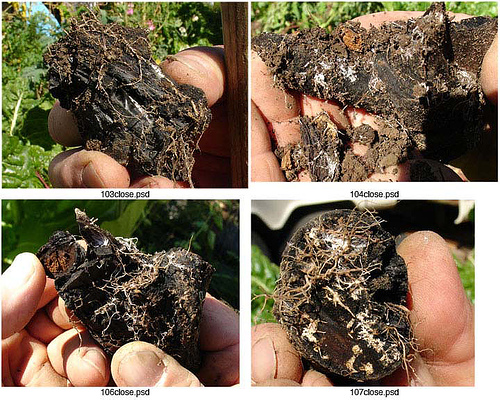Submitted by Tom Miles on
Biochar as a soil amendment works best when it is blended with compost (a source of nutrients) and allowed to rest a bit before being worked into the soil. That allows the biochar to absorb nutrients from the compost, and in the aging both the compost and the biochar improve and it's the combination that provides maximum benefit to the soil.
Introduction to Biochar and Bio-Remediation from CharBiological
Specific soil recipes will vary a bit, a lot depends on your initial conditions. But plot tests and trials indicate that it's a good idea to start with a mix of 5% - 10% biochar to compost, and then apply the compost as you normally would to soils. You can find out more on our Compost Toolbox page.
If you are adding biochar for carbon sequestration, make sure that the darker biochar enhanced earths are covered by at least one inch of top soil.
This is a good reference for those of us that don't know our Soil Types (with photos).
latest Running | Autres






